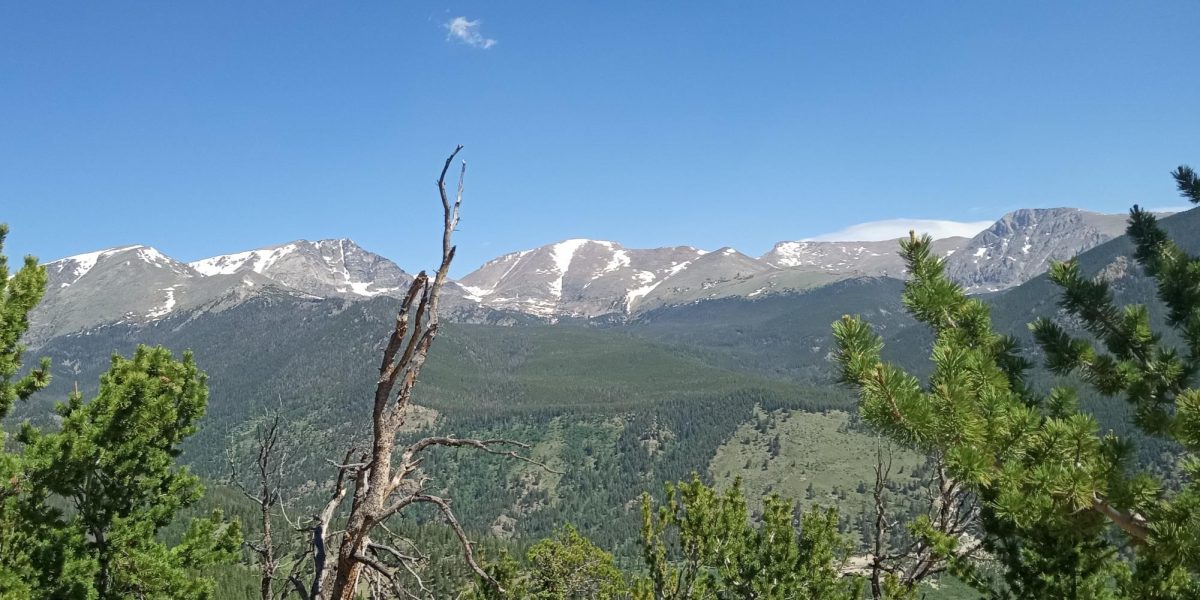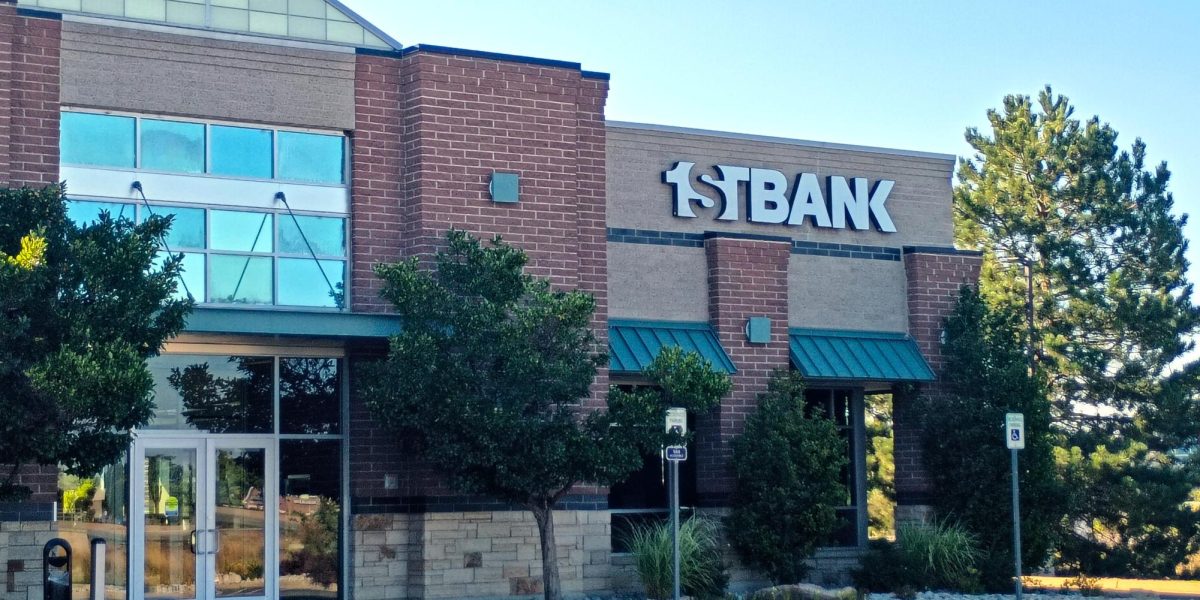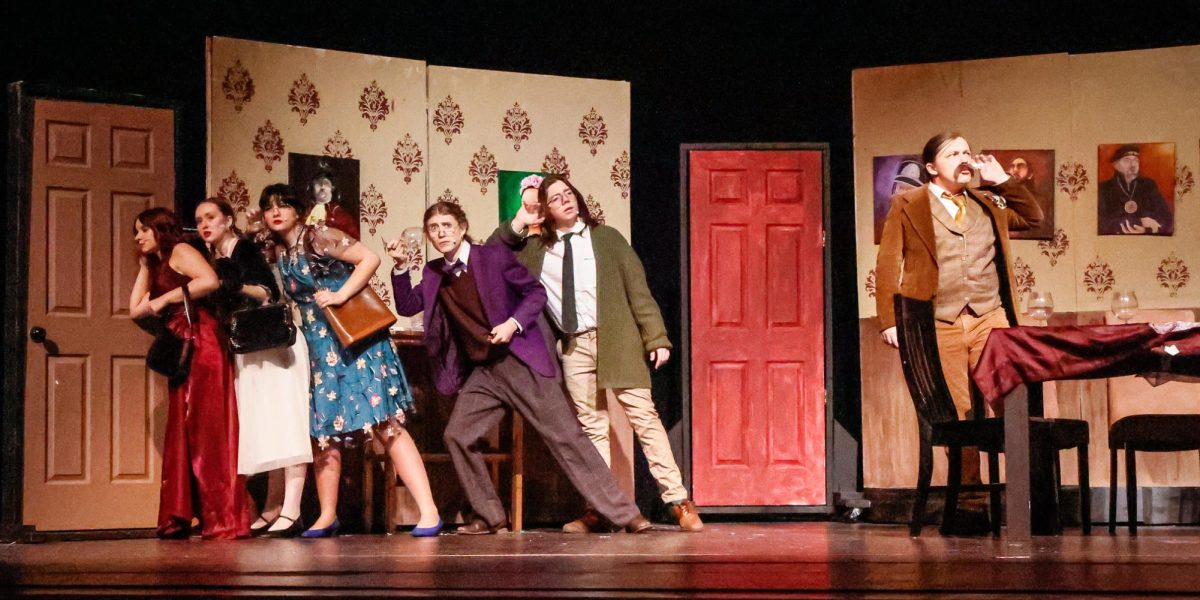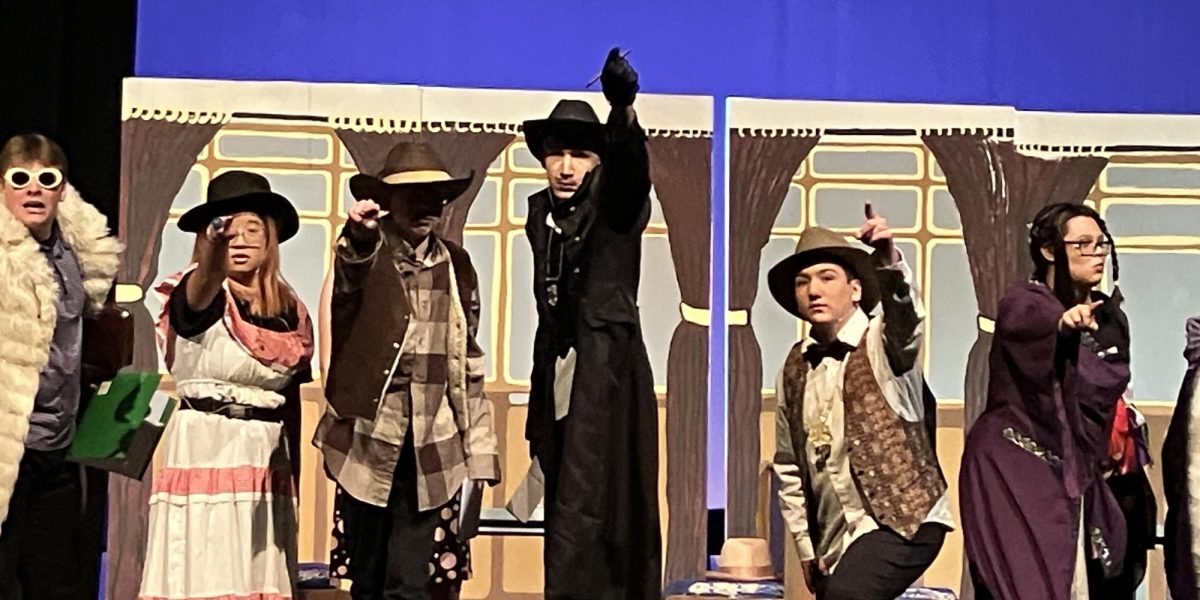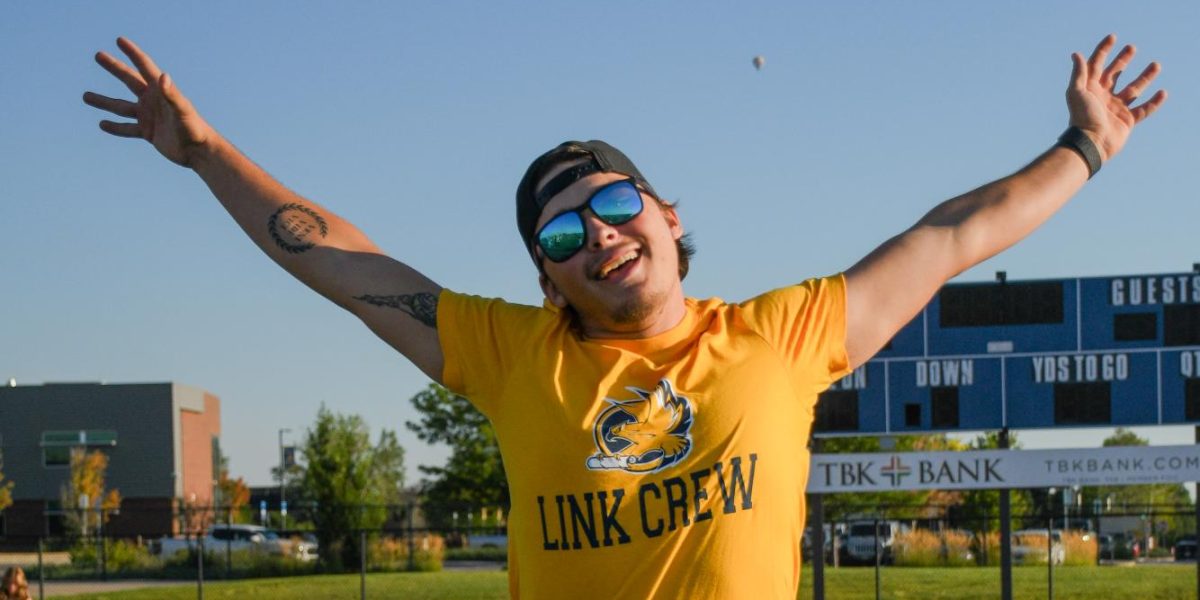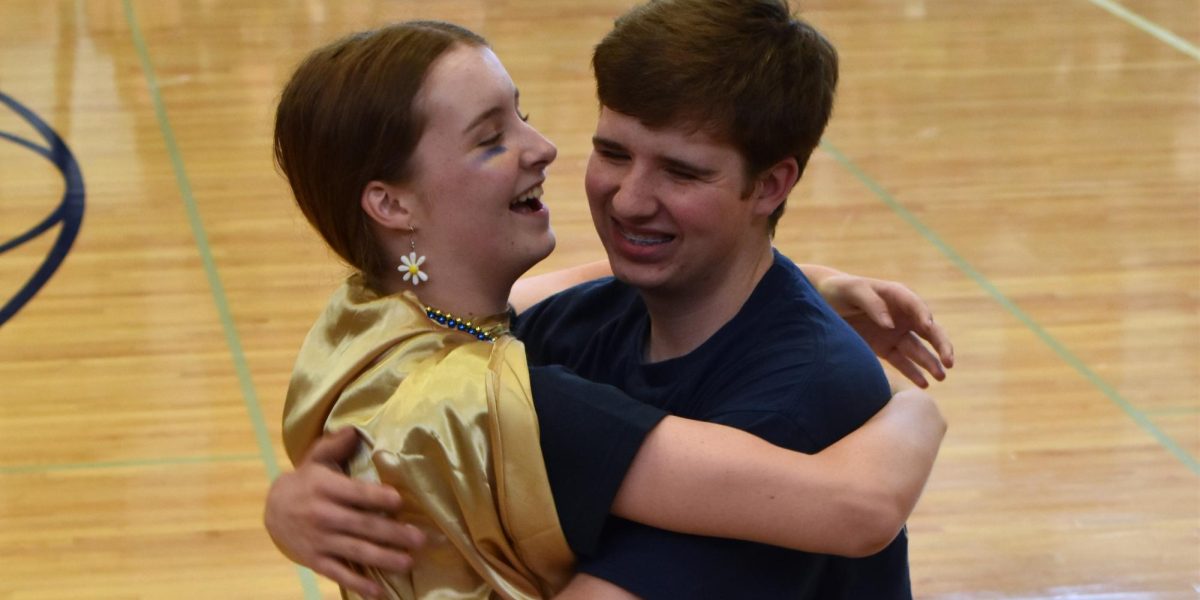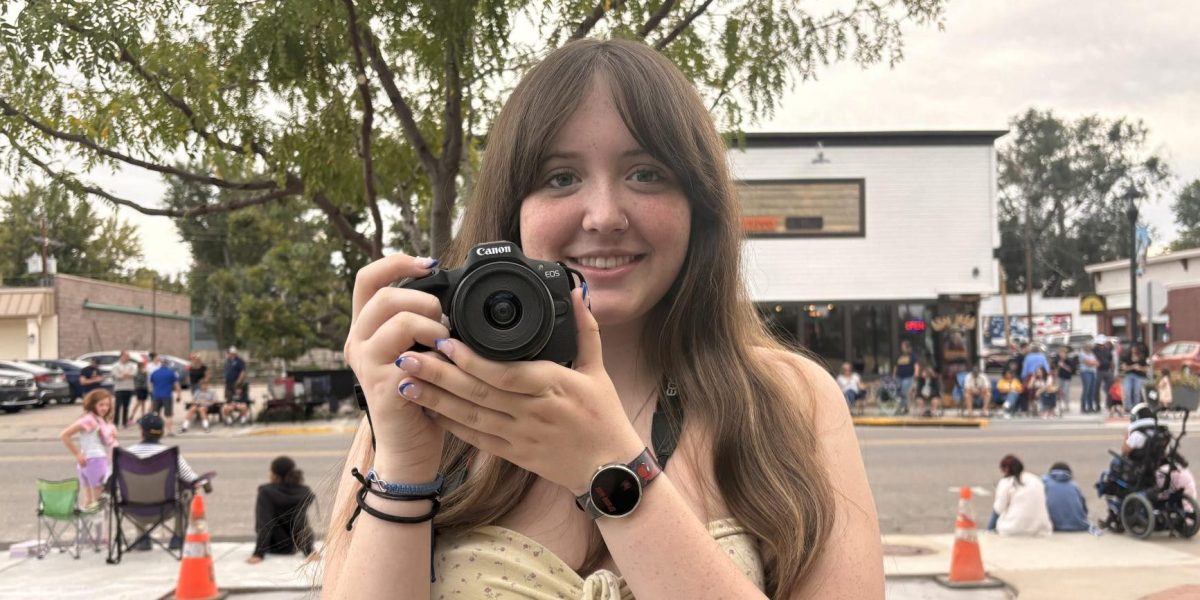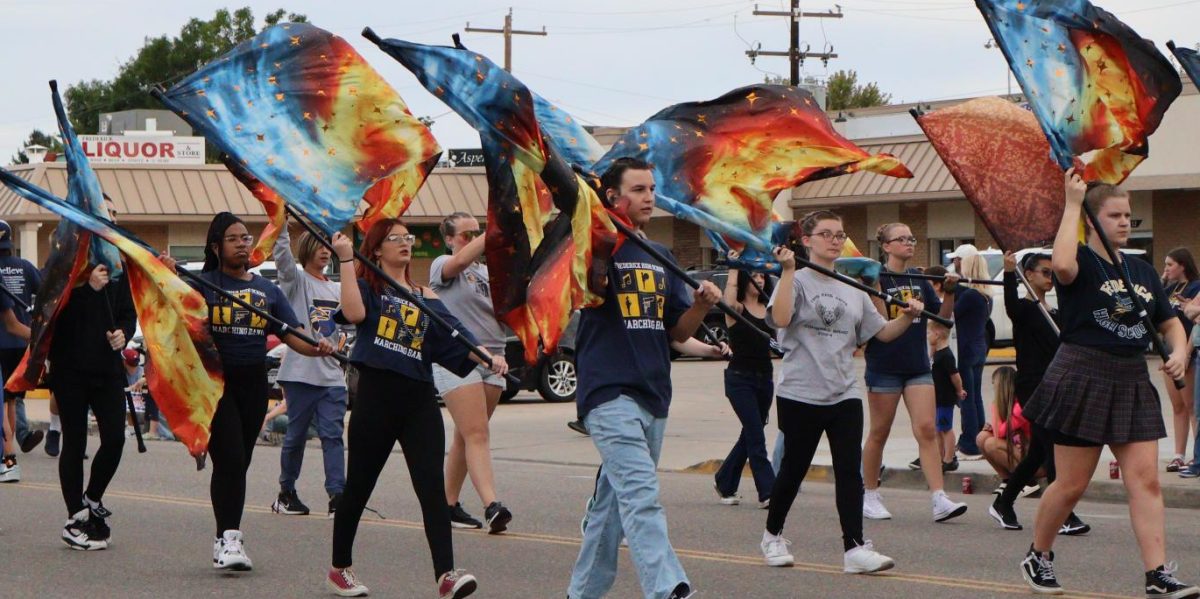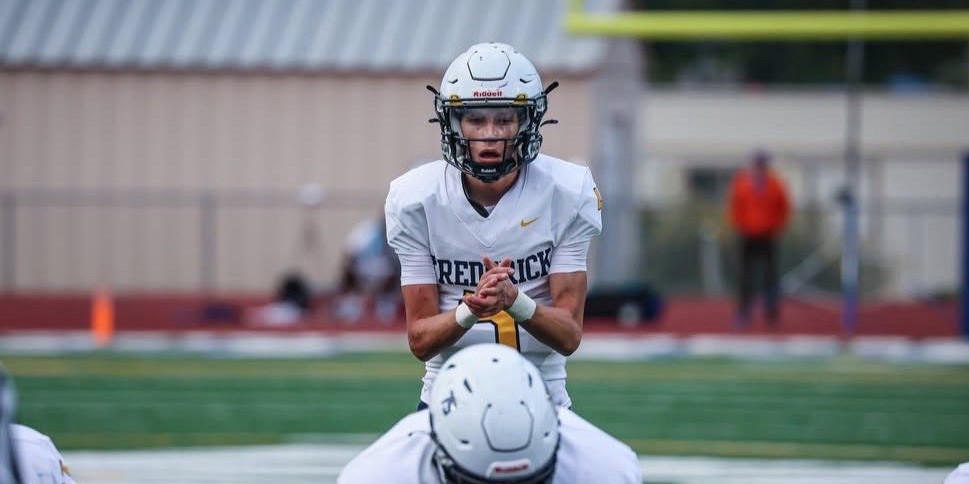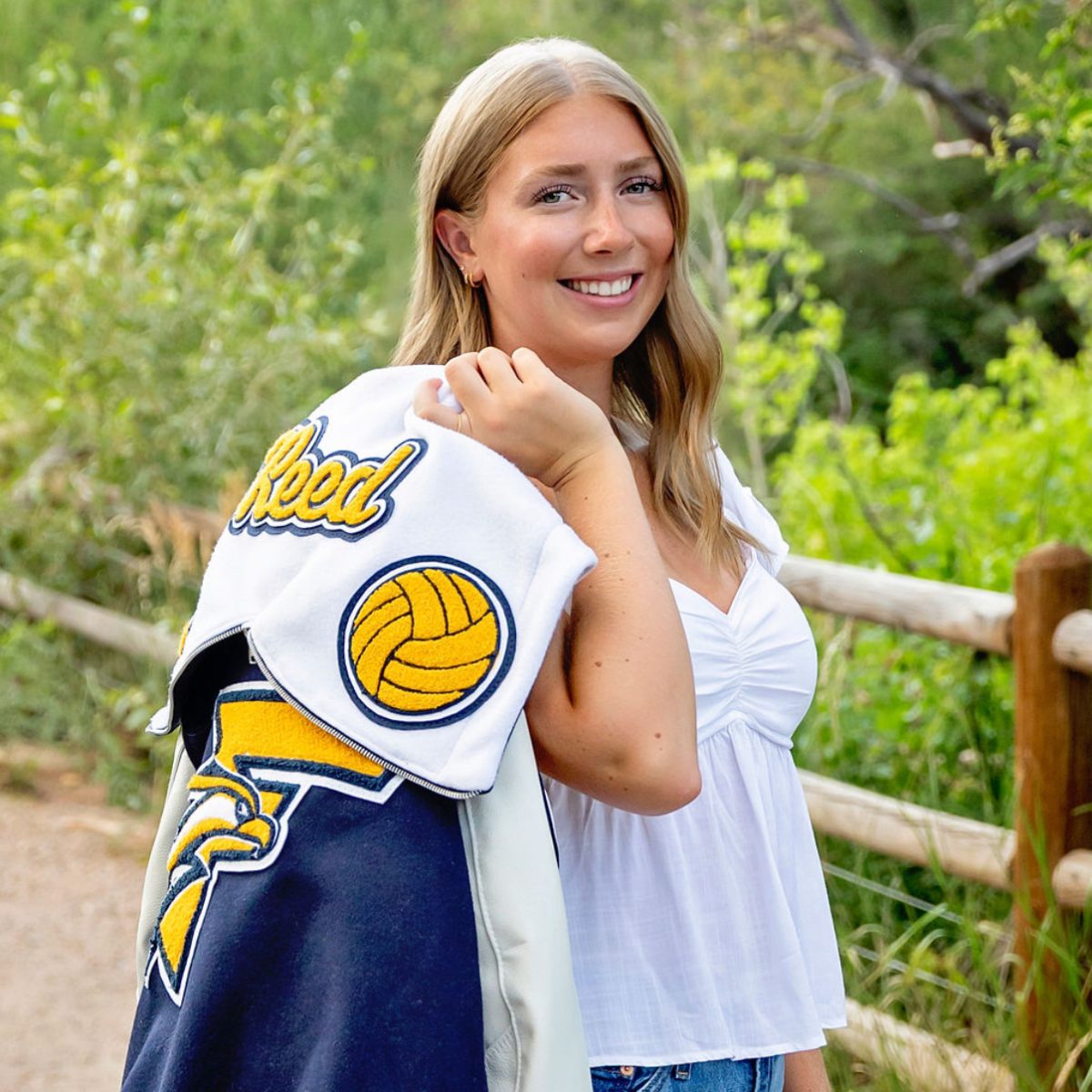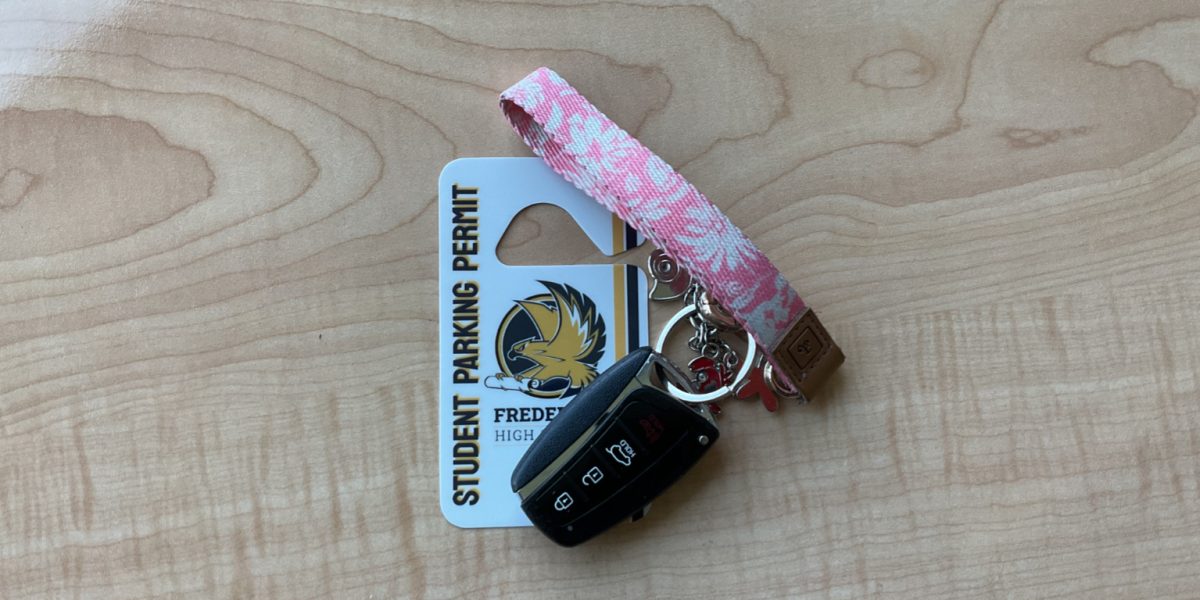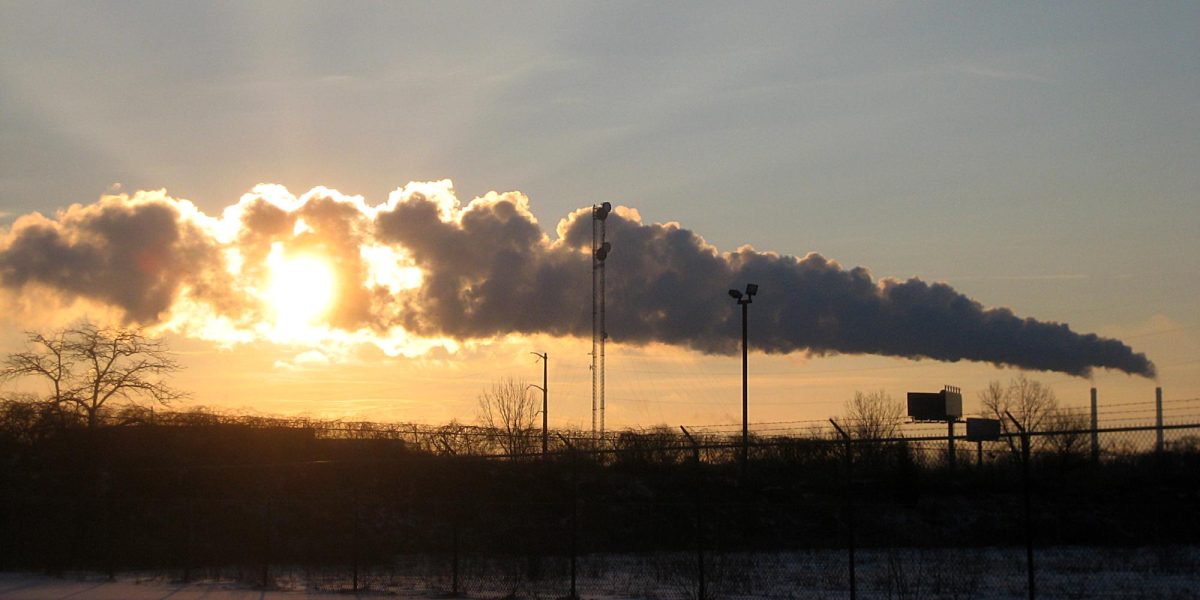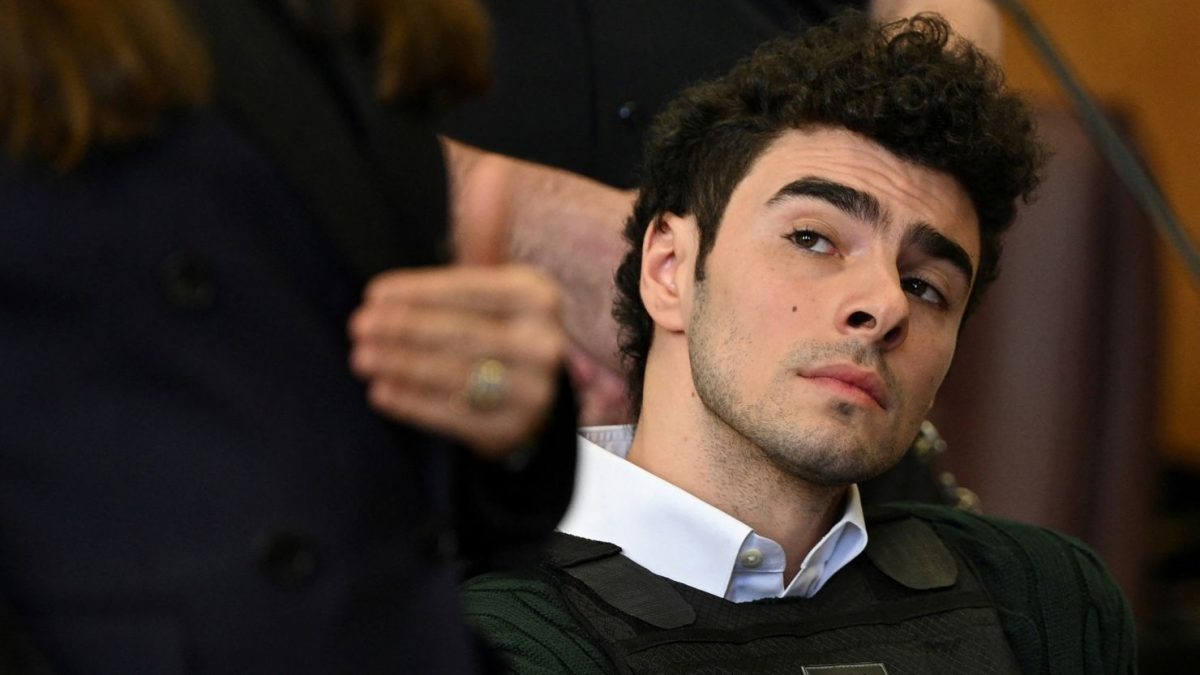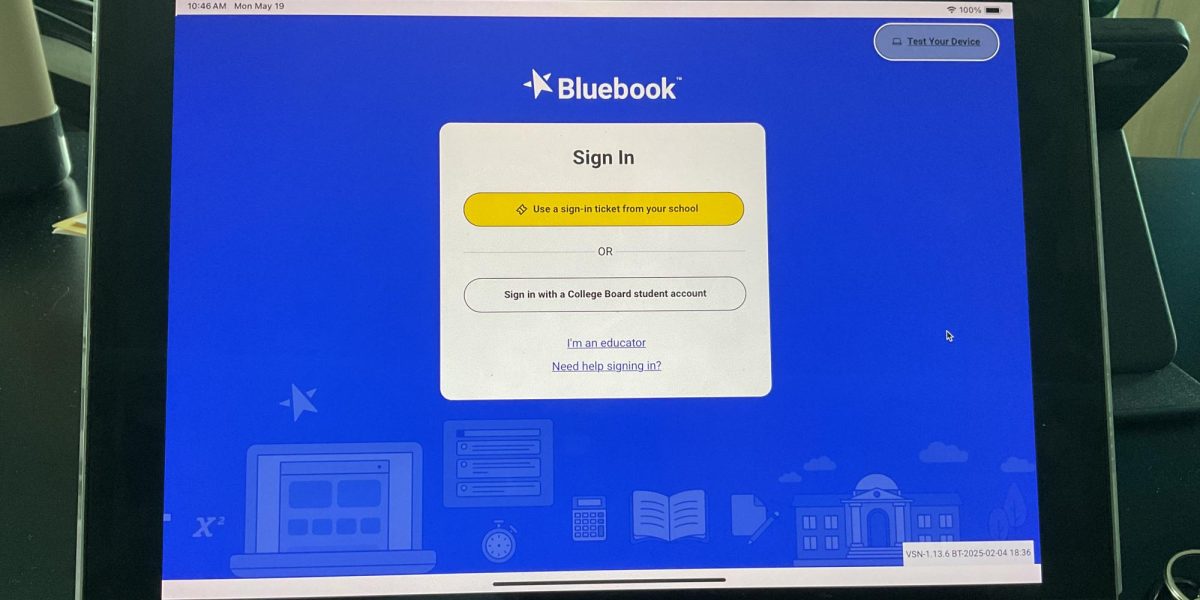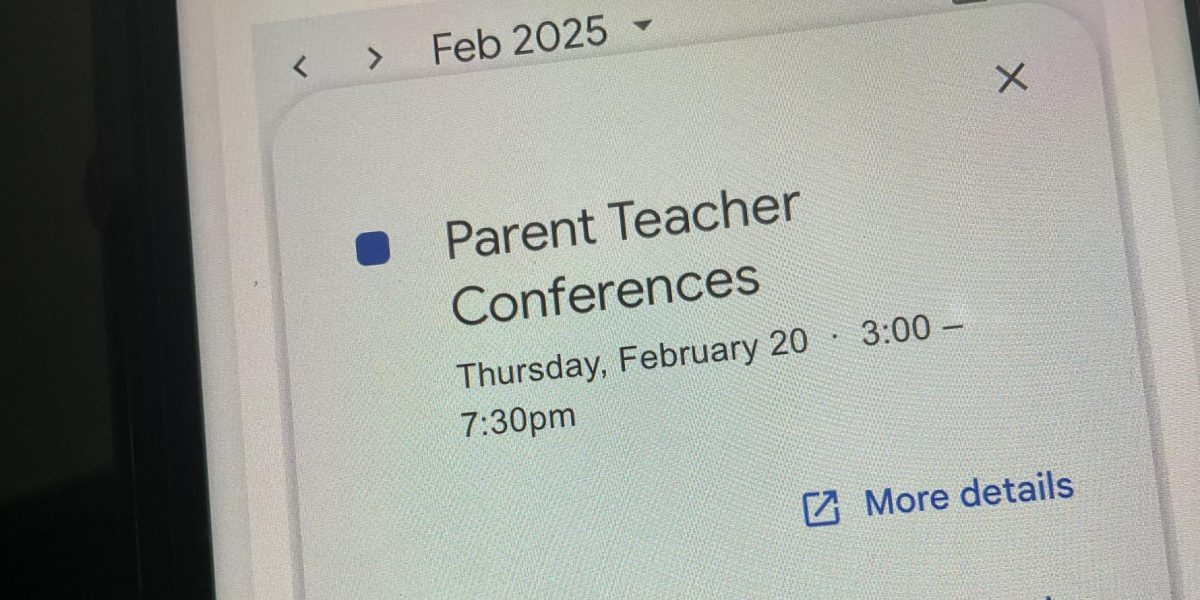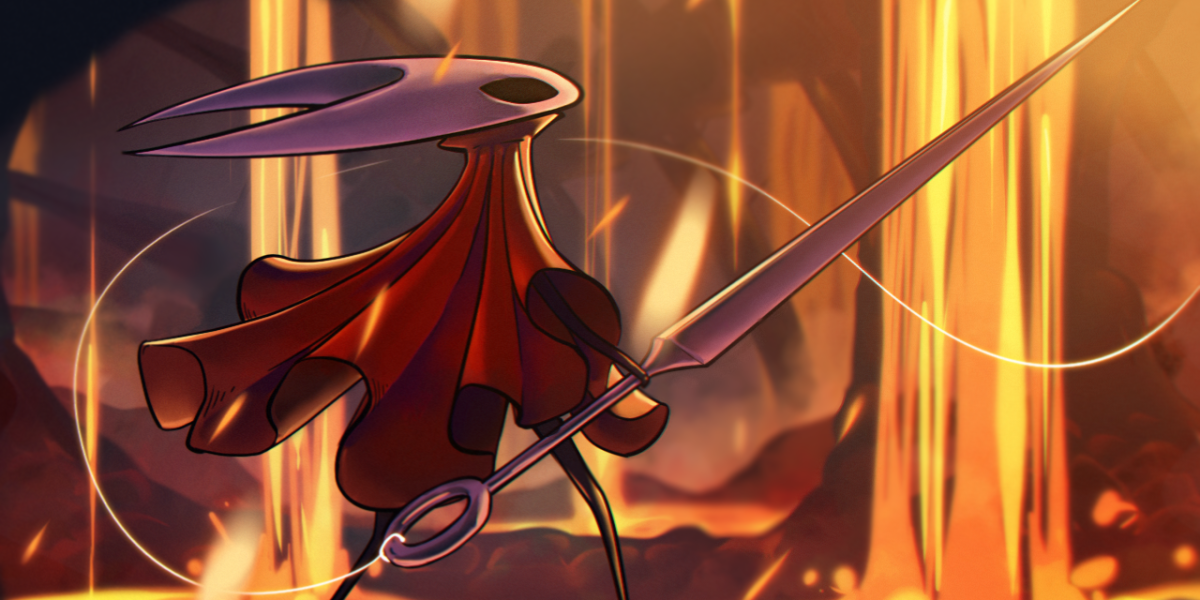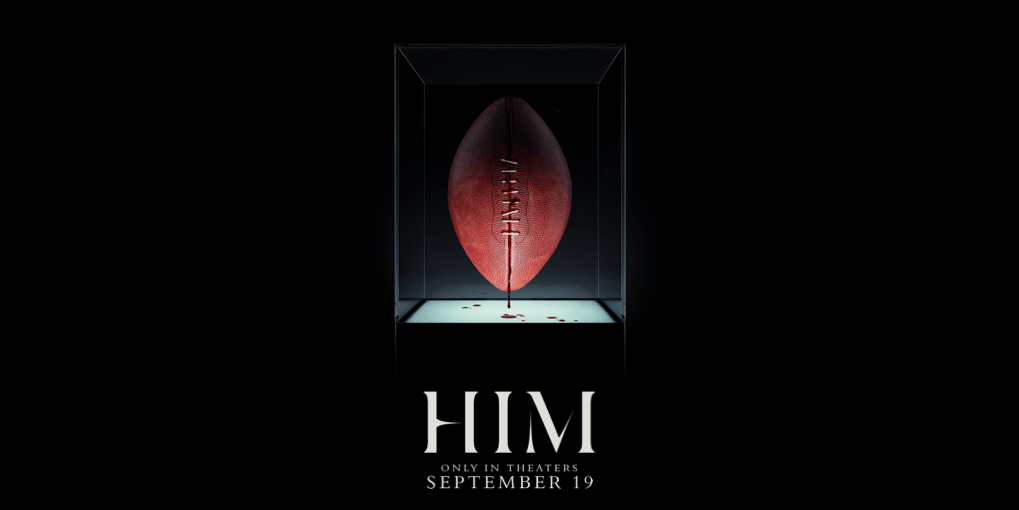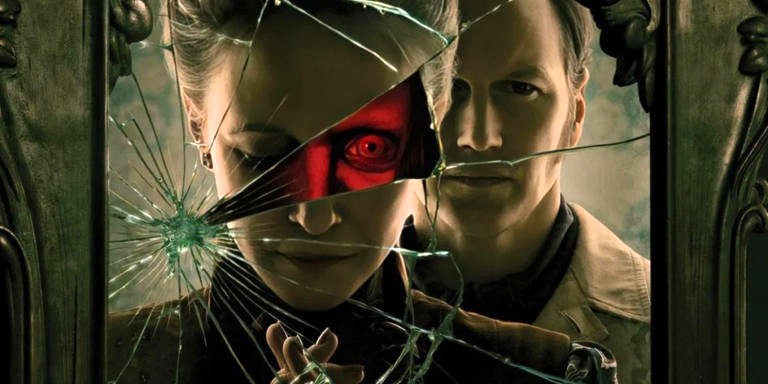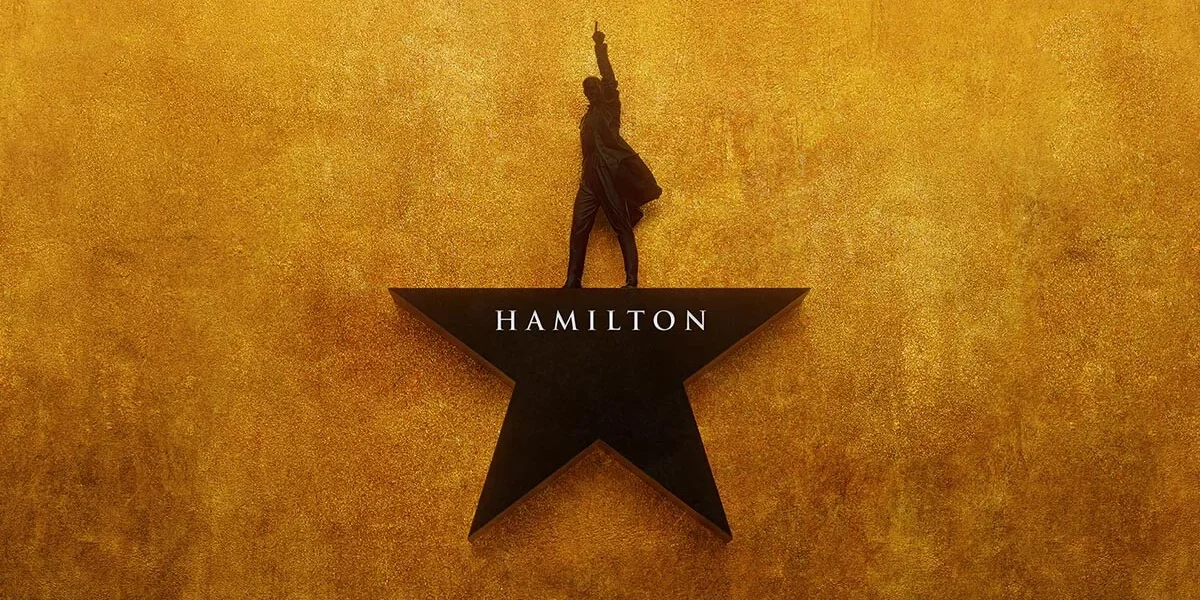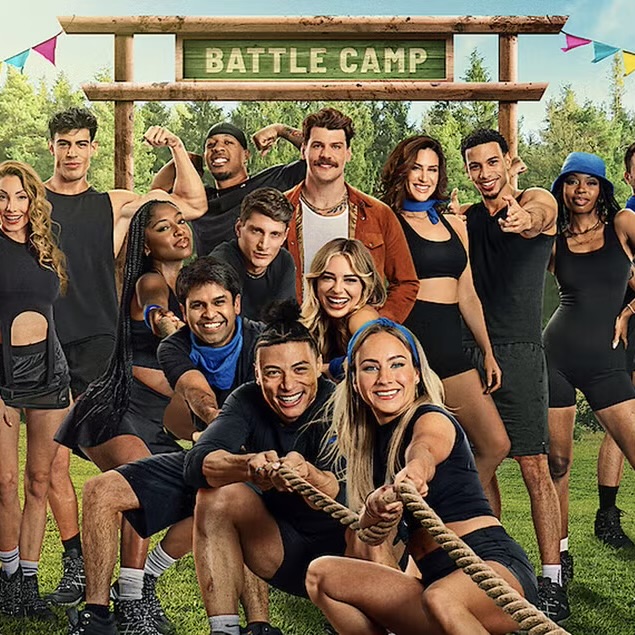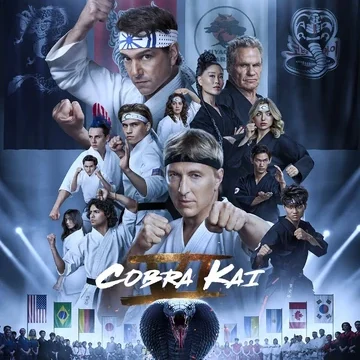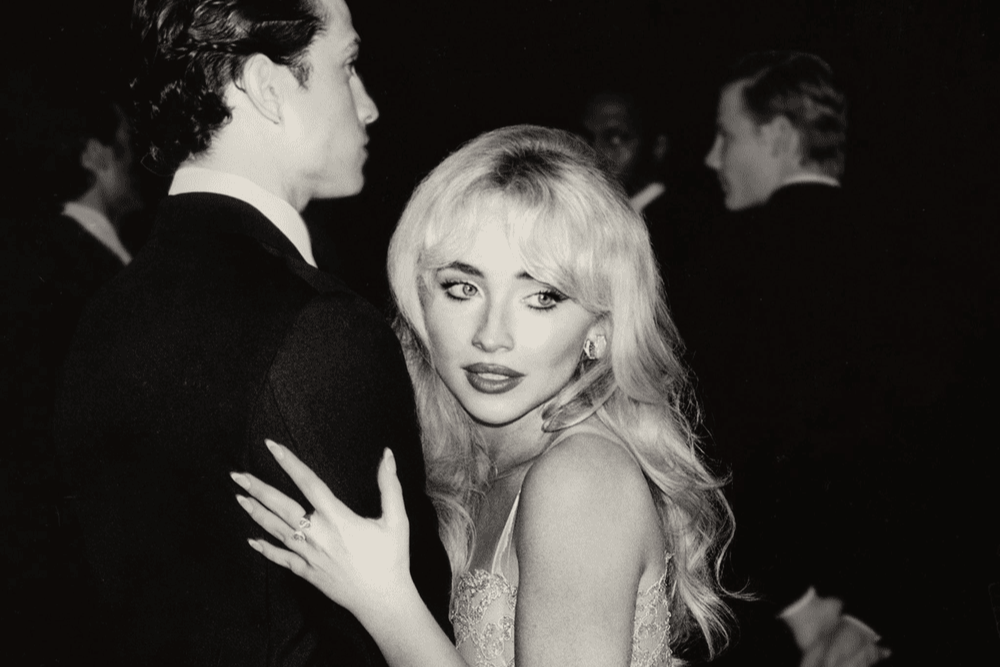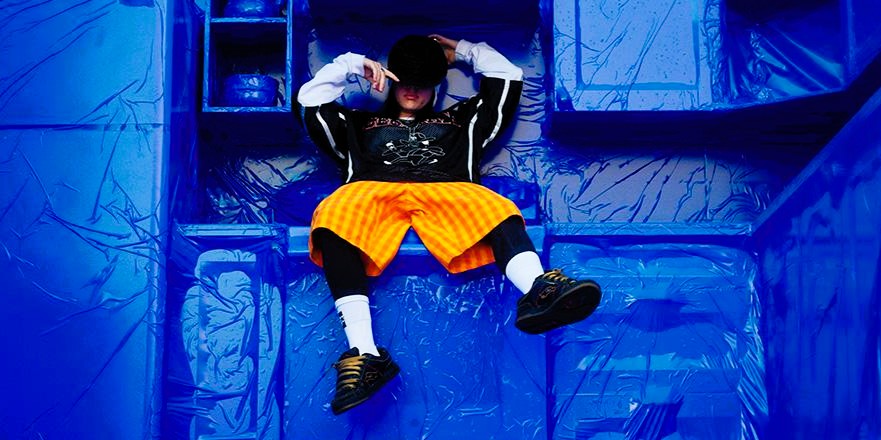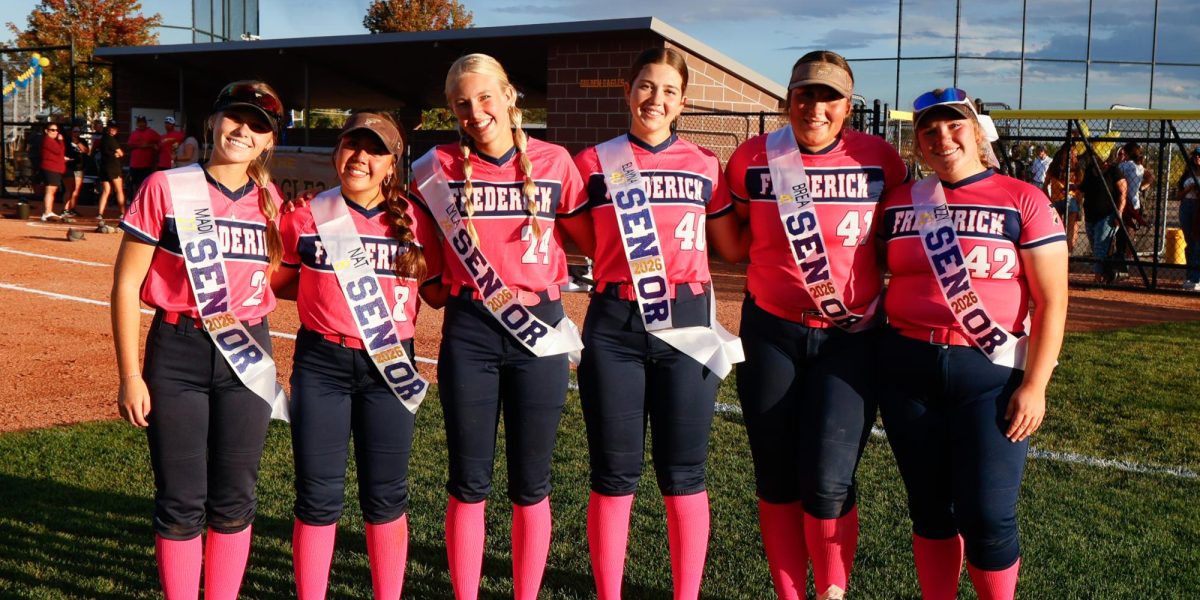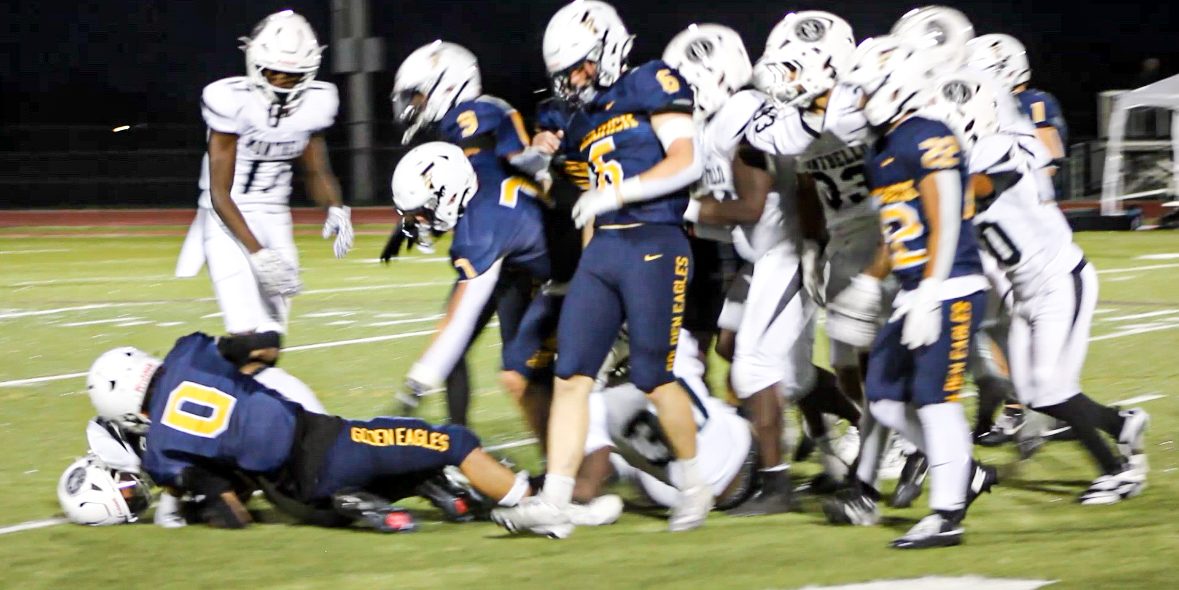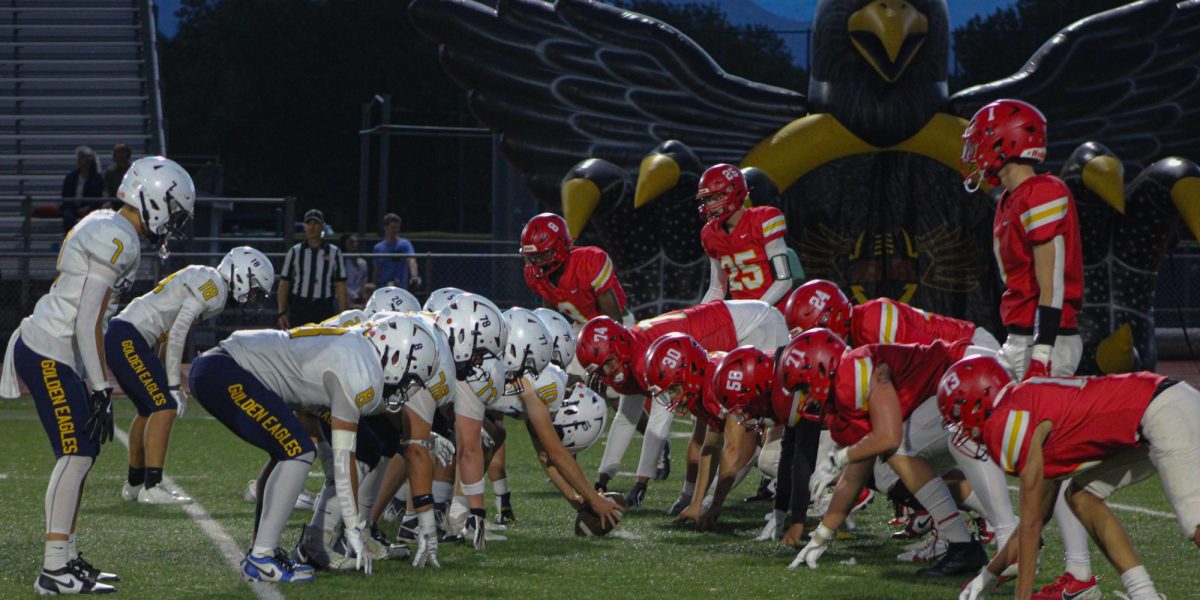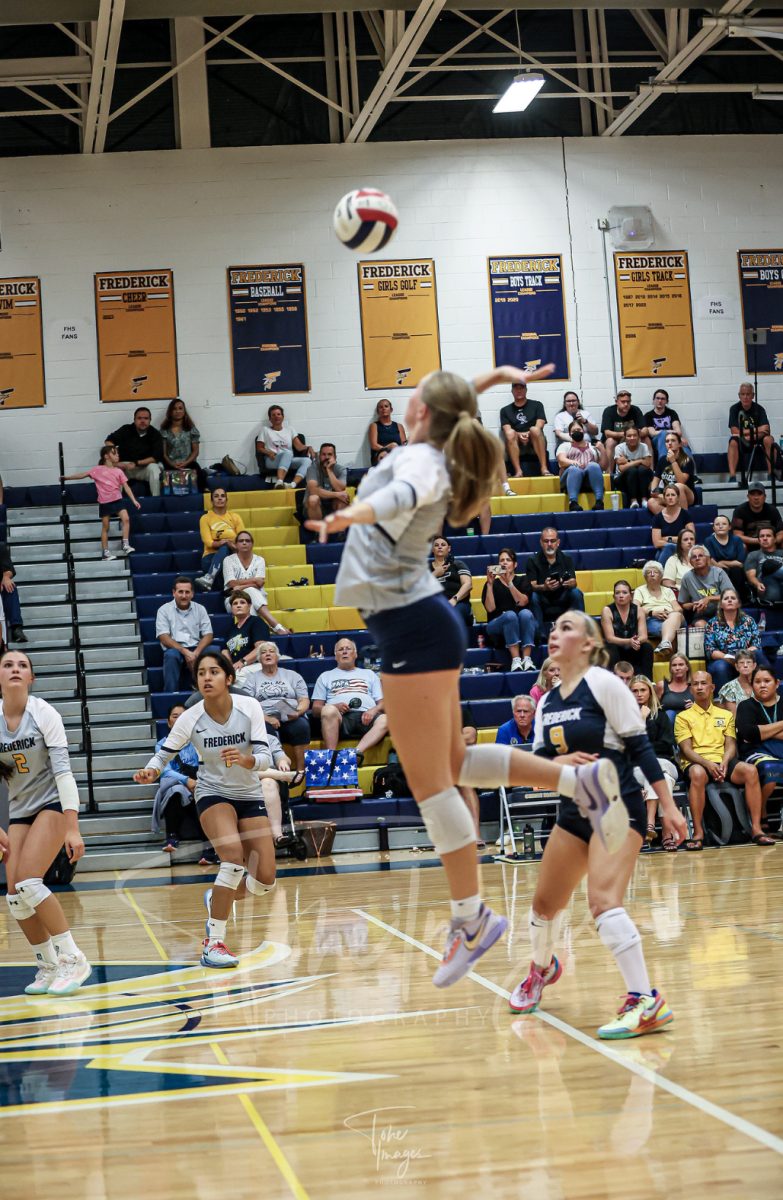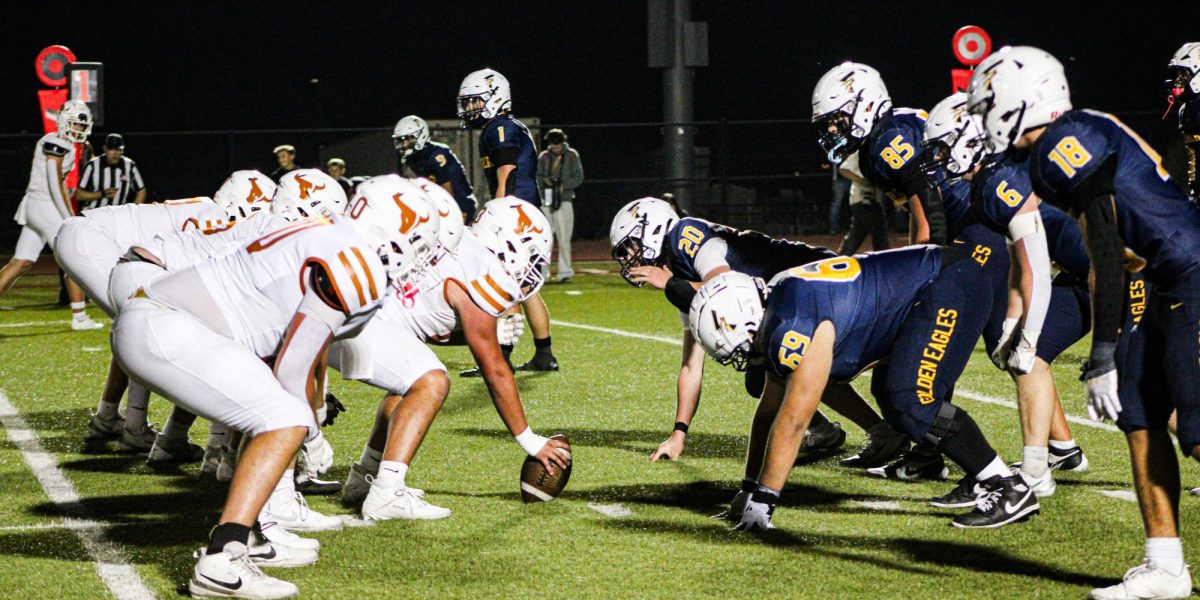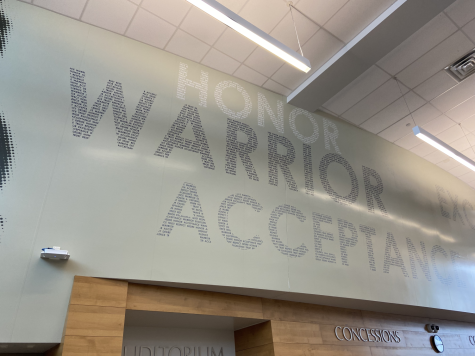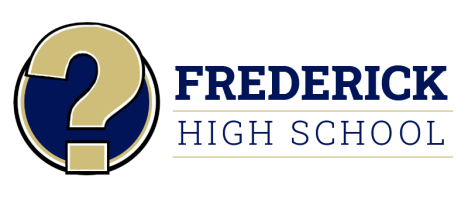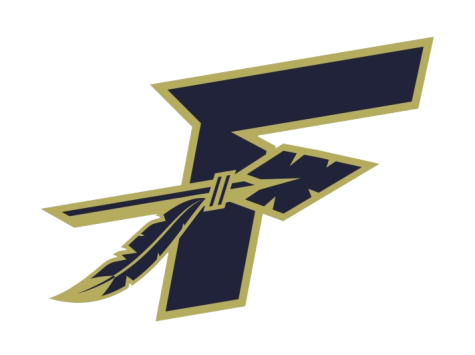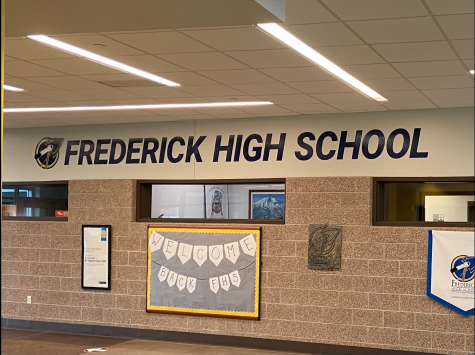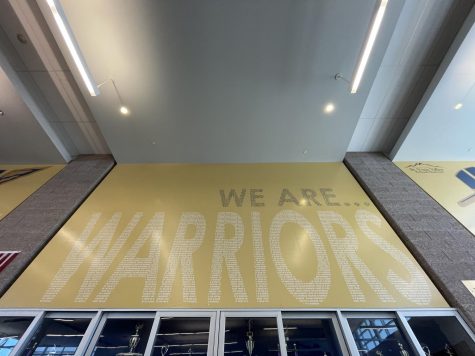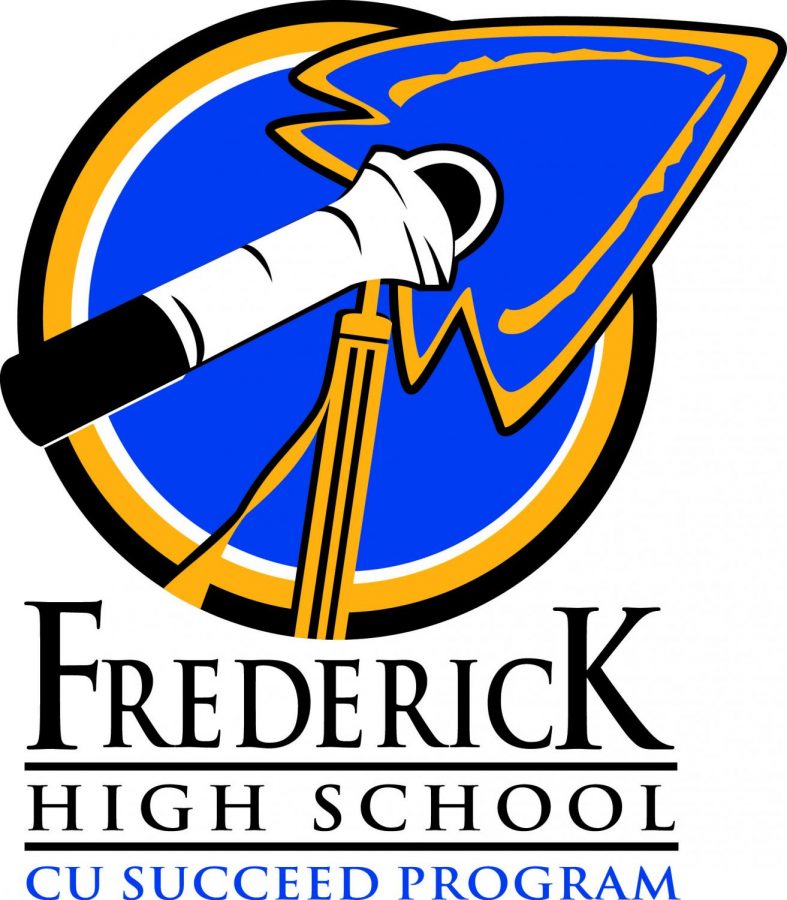Is It Time To Ditch the Warrior Name?
Frederick High should consider a mascot change after other schools acknowledge cultural appropriation
This is part of an ongoing series about changes to the Frederick High mascot.
Over the course of this year, we have learned much about ourselves as a country and as a school. As the fight for racial equality continues to fill the headlines, more and more people have been educating themselves around how racism in this country very much exists and lurks everywhere we turn. It is clear that something must be done about the systematic racism in this country and that we have a lot of work to do to right past injustices.
Frederick High has contributed to this education by starting an equality club this year and by encouraging teachers to provide their pronouns in their email signatures. We have some gender-neutral restrooms and have recently hired more teachers of color than in the previous three years. We teach texts about social change in our English classes and teach the history of the struggle for civil rights in our history classes. But does this all go far enough?
No. We need to talk about our mascot, the Frederick Warrior.
Frederick High: Home of the Warrior
The mascot and associated iconography is a blatant appropriation of Native American culture. Paintings of the Warrior, barechested and in a full-feathered headdress, hang in the commons, Warrior pictures and statues can be found in several classrooms, and the masthead of this very paper features the Warrior. We also use other native iconography. Our school logo has an arrow piercing an F. Our district logo is even more blatant, with just an arrowhead with a graduation tassel. Our literary magazine is called the Dreamcatcher.
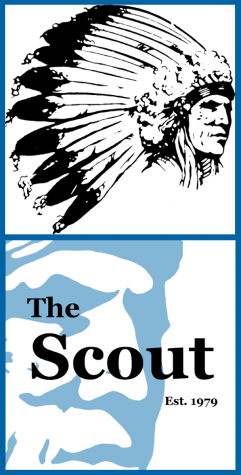
Are these uses of Indigenous iconography inherently disrespectful? Not necessarily. Dr. Brian Young, principal at Frederick High, told that Scout that the cultural subtext of our school mascots is “definitely something that we’re very mindful here at Frederick. Some of the schools that are changing [their mascots] had really negative connotations, names like ‘the Reds’ or ‘Savages’ and those things were incredibly offensive.”
This is a good argument–though the Warrior is a stereotypical representation of a Native American, it is not necessarily inaccurate or offensive. An arrowhead itself is not a symbol of racism, nor is a dreamcatcher or a feather. Other native symbols like the tomahawk and teepee have been intentionally avoided by the school as they invoke stronger feelings of approriation. Our school has made extensive efforts to make sure our mascot doesn’t resemble anything racist or derogatory. Mr. Brandon Coon, adviser of Frederick Journalism, shared with us that this is why “the full Scout masthead doesn’t appear in any of our social media, just on the website. We wanted to be mindful of how we wanted people to see our paper in a Twitter feed or Instagram post. We want people to be focused on the content of our stories, not immediately turned off by the imagery of our paper’s masthead.”
So Whose History Matters?
But then, why even keep the Warrior masthead? “In revamping the Frederick Scout, the original student editorial team had long discussions on whether to change the name of the paper and the masthead,” Coon said. “Ultimately, the students wanted to respect the history of the original Scout and the work of those students.” History and legacy seem to be common arguments when it comes to changing names and mascots. After all, Frederick High was first founded in the early 1900s and it was “a different time.” The Warrior was meant to honor the original inhabitants of the tri-town area before white settlers came.
But can any Frederick students actually name that native tribe?
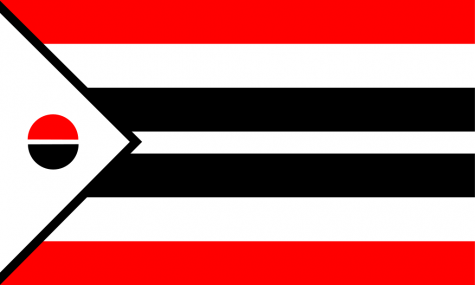
This is the problem with the history argument: the school pays lip service to honoring the past without actually remembering the past. We don’t teach that our school sits on what used to be the tribal lands of the Hinono’eino (whom settlers renamed the Arapahoe). We don’t teach about the cultural traditions of these people or the violence perpetrated against them in the Sand Creek Massacre and other actions or their removal from the area with the 1861 Treaty of Fort Wise. It’s not like we ignore other parts of Frederick’s history–we have a traditional Miner’s Day celebration for the white settlers of the area and we have streets and parks named after white pioneers.
Yet outside of a couple of statues and a school mascot, there is no recognition of indigenous peoples in the tri-towns. It’s all symbol, no story. If we wanted to honor the Hinono’eino, shouldn’t we learn about who they were? Shouldn’t our school colors be their tribal colors (red, black, and white)? Shouldn’t we ask them for permission in order to proudly display the name Warriors?
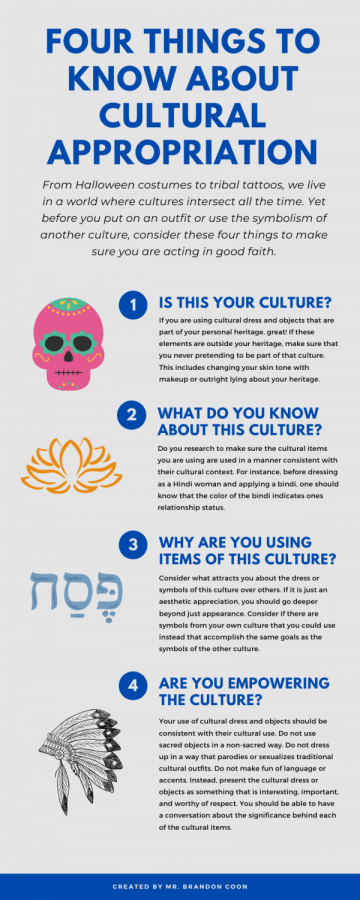
To his credit, Dr. Young has reached out to multiple Native American counsels in our community, including the Hinono’eino, to see what they think of our school imagery and our use of their cultural touchstones. “They agree that most of our imagery, mascots, and logos are appropriate–they are not deemed as offensive,” Young said. “However, we do not have any tribal affiliation.”
The Times, They are a’Changin’
Permission but not affiliation–is this enough? Is it time to finally change tradition?
Dozens of schools across the nation are having this discussion currently. According to the Mascot Database, “Warriors” is the seventh most common school mascot name in the US and Canada (with Indians as #8, Braves as #28, and Chiefs as #41). A couple of months ago, the Thompson Valley School District decided to retire the Indians mascot of Loveland High School and Bill Reed Middle School (these schools will now be the Red Wolves and Wolfpack, respectively). Earlier this month, Eaton High School has put a new mascot to represent their “Fightin’ Reds” to a community vote (a process that started when indigenous groups protested Eaton High in 2015). This comes on the heels of national sports teams like the Washington Redskins of the NFL changing their name and local pressure in Colorado to remove the names of white supremacists from our towns and geographic landmarks.
But does the Warriors come with the same impact as names like the Redskins, the Indians, or the Savages? Dr. Young doesn’t think so. He told us, “The Warrior is not just someone who engages in battle. To them [the Hinono’eino], a Warrior was someone who took care of the sick. A Warrior cared about helping the less fortunate in a tribe. A Warrior cared for nature and the land. That’s the kind of Warrior I feel Frederick represents.”
While this is a nice sentiment, the problem is what others think the name represents as well. Look at our rowdy crowd traditions. Since our first football season in 1979, white students in our rowdy crowd have regularly donned a headdress, a symbol of strength and bravery to the Indigenous people of North America only worn by the most powerful or influential person in the tribe. Instead of being an earned honor, the headdress is treated as a costume and has become offensive in that we wear it so mindlessly. Students similarly paint their faces in “war paint” and sometimes war-whoop after certain plays.
This is the definition of cultural appropriation–when a dominant culture takes important features of a conquered culture as their own without the meaningful context of the original culture. This unacceptable behavior has gone over everyone’s heads for years. Their culture is not our costume. And with teenagers being teenagers, it will never change despite the best intentions of adults until we change our mascot. Given the current climate of reexamination, the question really is when, not if, we will make a change.
So how do we move forward?
Any change will take time. In Loveland and Eaton, the mascot changes took months and even years. The process starts with ideas for a new mascot generated by students and staff; these ideas then go through a district approval process and a community vote. But before that can happen, we need to have an honest conversation with our peers and our families: should we stay the Warriors? Our school has never been a place where we’ve wanted any type of disrespect or controversy. Should we keep the Warrior imagery, or is there a better way to show our Warrior spirit than with objects taken from another culture?
As we celebrate Thanksgiving this year, let’s remember that we are living in a place that is not originally ours. The land our towns are built on was taken by war and treaty, and few of those original inhabitants still live in the area. We can never take back all the tragedies that have happened to the Hinono’eino and other tribes, but if we learn from our past mistakes, we can grow as a more accepting culture. We must acknowledge that Native culture and traditions are worth respect and should remain with those cultures, not taken by others disconnected from that heritage.
It is now in our hands to change what’s been done. So let’s start talking.
From all of us on the Scout editing team: We believe that indigenous peoples matter and that their lives and cultures are worthy of our respect. In light of how these cultures have been treated throughout history, we encourage that every member of Frederick High, from students to staff to parents, engage in discussion around how we as a community can do right by these marginalized cultures.



